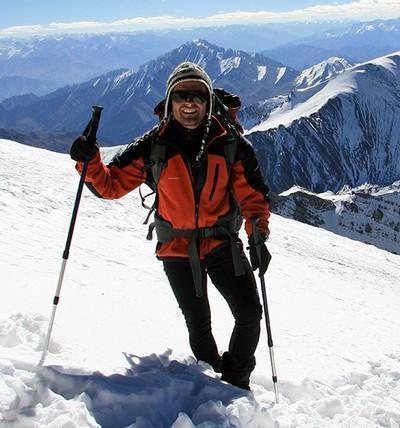Chairlift accidents occur infrequently, though there are some precautions you can take to prevent such an incident. The main cause of a chairlift accident is rider error. You should also be aware that injuries that arise from lift malfunctions are extremely rare. A common misconception is that accidents are more common on ski resorts that have larger budgets, but this is not the case. Most injuries and fatalities occur on smaller ski resorts that have a smaller budget, and the causes of these accidents are often the result of a lack of knowledge about a specific lift, or a rider's error in judgment.
Most Falls from a Lift are Caused by Rider Error
Most falls from a chairlift are caused by a rider's error, according to an investigation by the National Ski Areas Association. The National Ski Areas Association has tracked chairlift malfunctions since 1972. However, it's not as easy to determine the exact number of people who've fallen from a lift.
Chairlifts are considered one of the safest modes of transportation. But when something goes wrong, it can have devastating consequences. Since the advent of chairlifts, 118 people have been injured, three of them killed.
While the odds are low, the effects are staggering. One person lost his life, another was pushed off the lift, and two others were severely injured. Some states don't require lift operators to record such incidents.
Colorado has a yearly inspection of 275 lifts. This includes a requirement that any fall from a chairlift be reported. There were 227 falls from 2001-02 to 2011-12.
Lift Malfunctions that Result in Fatalities are Extremely Rare
The National Ski Areas Association tracks chairlift deaths. It's a trade group for resort owners. Since 1973, it's collected data on chairlift malfunctions and fatalities. During the 2015/2016 ski season, it reported that the annual fatality rate was 0.14 per 100 million lift rides. This is a much safer rate than the average automobile.
According to the NSAA, nine out of 10 chairlift falls are caused by rider error. That's why it's important to lower your safety bar whenever you're riding a chairlift. In addition, it's also important to wait between stops.
As a result, the NSAA found that the average annual fatality rate for chairlifts is much lower than that for elevators. Between 1973 and 2020, the resort industry provided more than 16.7 billion lift rides.
There are several reasons for the low chairlift injury rate. One reason is inspection procedures. Each week or month, ski area employees inspect lifts. Some resorts may also attach personal safety ropes to the lifts.
Precautions to Take to Avoid a Chairlift Accident
If you are planning a ski holiday, it is important to follow precautions to avoid a chairlift accident. The National Ski Areas Association lists 12 deaths from lift malfunctions in the United States since 1973, and 102 fatalities have occurred at European resorts. Thankfully, most incidents are not as deadly. But it can be a frightening experience if you do not take the proper precautions.
Most chairlift accidents are caused by inexperienced skiers slipping during the loading process. They also happen when the lift operator does not pay close enough attention. One woman in upstate New York died after falling 25 feet from a chair.
A chairlift is not as dangerous as you might think. It is actually one of the safest modes of transportation around. As long as you follow simple safety rules, you should be okay. Some resorts even have personal safety ropes attached to the lifts, so you have no trouble getting out of the way when you see someone else on the slopes.





